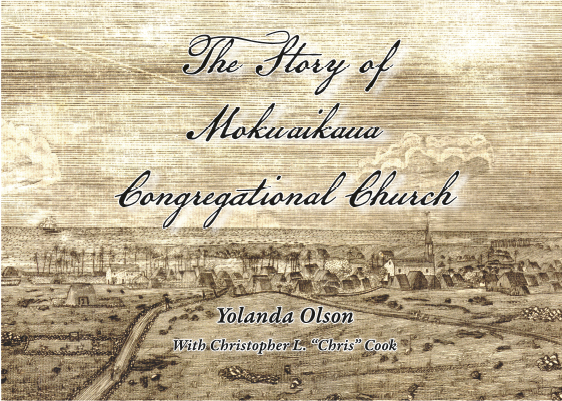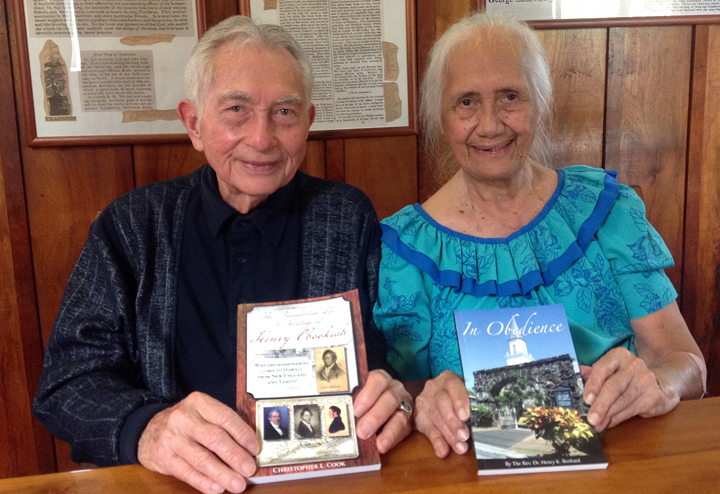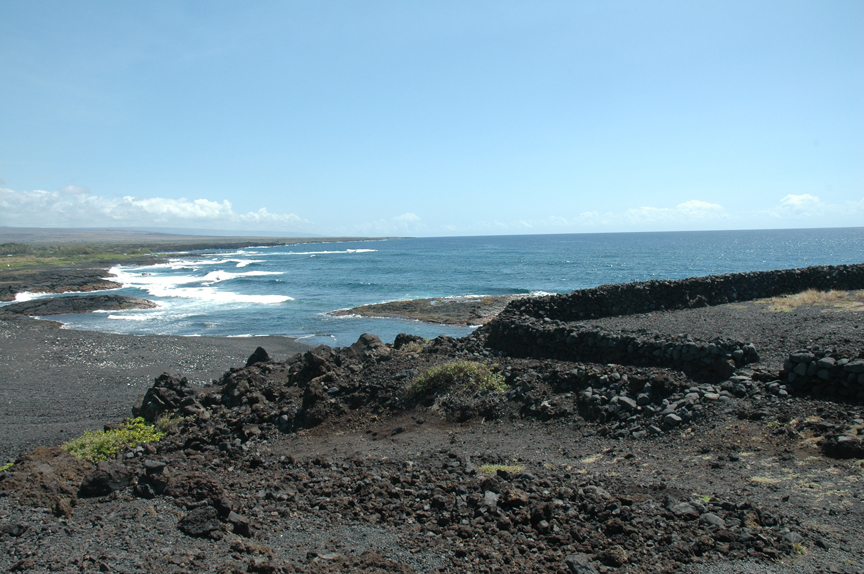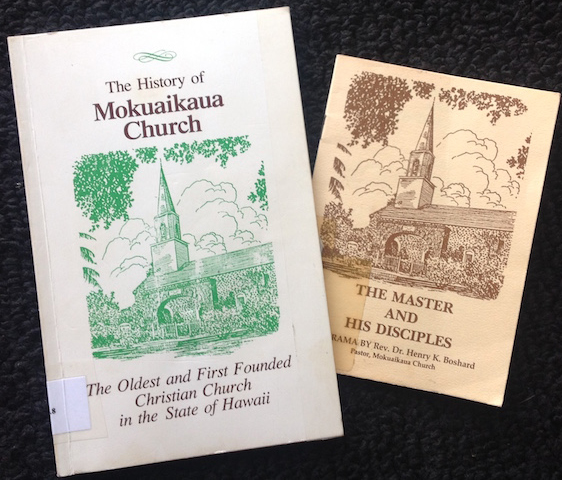Plans are underway to commemorate the 200th anniversary of the death of Ōpūkaha‘ia-Henry Obookiah in Cornwall, Connecticut on February 17, 1818.
• Dave Buehring in mid-February held his second annual Hana Hou History Tour on Hawai‘i Island. Dave is taking reservations for the 2018 version of the tour (February 16-19, 2018), which will be tied into local events tied into the 200th anniversary of Henry’s death.
• In advance of the 200th anniversary, Deborah Lee of Ahahui O Ōpūkaha‘ia in Hilo, Hawai‘i, is organizing a tour to Cornwall, Connecticut to mark the founding of the Foreign Mission School where Henry was the star pupil at its opening in 1817, and of the designation of the FMS’s Steward’s House as a National Historical Monument. At the Steward’s House Henry took meals and socialized. The Foreign Mission School academy building burnt down in the 19th century, but the clapboard-faced Steward’s House at 14 Bolton Hill Road in South Cornwall still stands, as do other buildings in Cornwall tied in Henry’s life. The Foreign Mission School steward took care of practical matters at the landmark school. A press release from the National Park Service states: “The Steward’s House was part of a three-building complex that provided an evangelical education for over 100 students from approximately 30 different nations, primarily Asia, the Pacific Islands and North America.”
A report from Brown University, reporting on Brown’s team who wrote the National Historic Site description of the house, mentions that Yale professor and author John Demos played an important role in securing the historic designation. Demos is the author of The Heathen School, a detailed book on the Foreign Mission School that includes an account of Ōpūkaha‘ia.
For those traveling to Cornwall, the National Park Service press release describes the location of buildings connected to Henry’s story, and the story of the Foreign Mission School:
“In the village center is a late nineteenth-century Town Hall and a white carriage house that is now the Cornwall Historical Society. Not far from the Town Hall, off of Bolton Hill Road (historic West Road) and near the intersection with School Road, stands a plaque that marks the FMS’s location. About fifty yards from this marker, lies another plaque that marks Kellogg’s General Store where FMS students (referred to at the time as “scholars”) and school officials purchased supplies and mingled with the community. The Steward’s House also stands in this portion of the present-day village. Together with a few other houses (the Principal’s House; the original residence of the prominent Gold family; and Reverend Timothy Stone’s house), these buildings serve as the school’s physical memory.”
Yale University’s Yale Indian Papers Project blog posted a current photo and brief story on the designation of the building as a National Historic Site.
• Peter Young of the popular Images of Old Hawai‘i blog is posting informative updates on the upcoming series of bicentennial events tied into Ōpūkaha‘ia and the Sandwich Islands Mission pioneer company.





